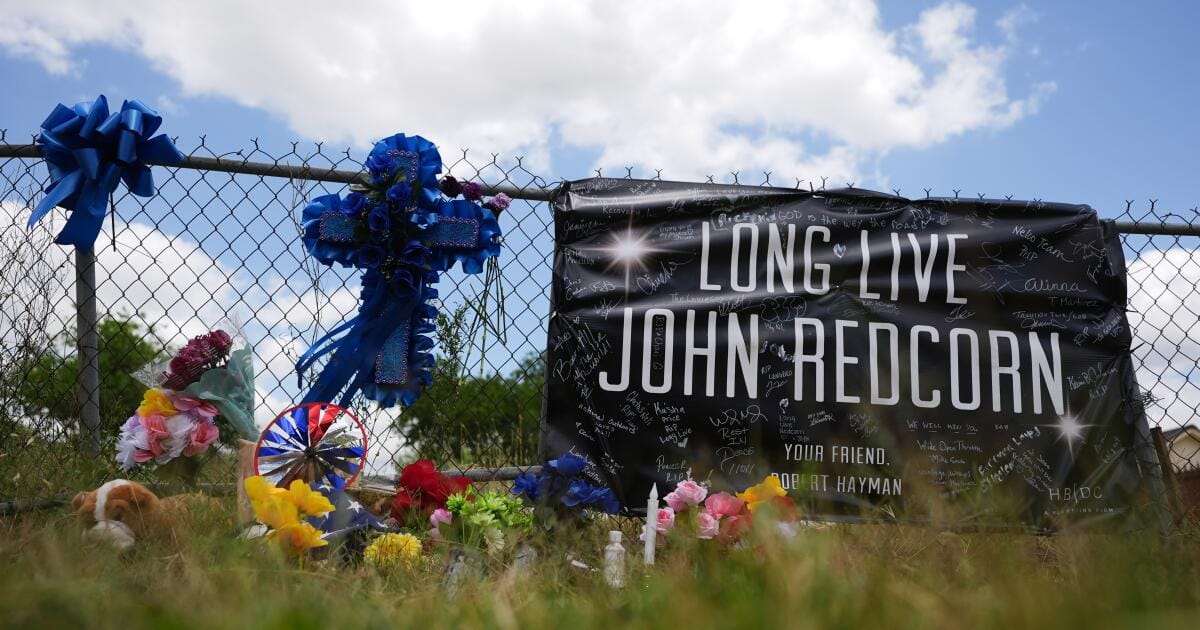U.S. senators say Rubio told them Trump’s Ukraine peace plan is Russia’s ‘wish list’
HALIFAX, Canada — Several U.S. senators said Saturday that Secretary of State Marco Rubio told them that the Trump administration’s plan for ending the Russia-Ukraine war that it is pressing Kyiv to accept is a Russian “wish list” and not the actual plan.
A State Department spokesperson denied their account, calling it “blatantly false.”
The 28-point peace plan was crafted by the Trump administration and the Kremlin without Ukraine’s involvement. It acquiesces to many Russian demands that Ukrainian President Volodymyr Zelensky has rejected on dozens of occasions, including giving up large pieces of territory. Trump says he wants Ukraine to accept the plan by late next week.
At a security conference in Canada, independent Sen. Angus King of Maine, Democratic Sen. Jeanne Shaheen of New Hampshire and Republican Sen. Mike Rounds of South Dakota said they spoke to Rubio after he reached out to some of them while on his way to Geneva for talks on the plan.
King said Rubio told them the plan “was not the administration’s plan” but a “wish list of the Russians.”
“This administration was not responsible for this release in its current form,” Rounds said. “They want to utilize it as a starting point.”
Rounds said that “it looked more like it was written in Russian to begin with.”
Rubio, who serves as both national security advisor and secretary of State, was expected to attend a meeting in Geneva on Sunday to discuss Washington’s proposal as part of a U.S. delegation, according to an American official who was not authorized to publicly discuss the U.S. participants before the meeting and spoke on condition of anonymity.
Tommy Pigott, a State Department spokesperson, denied the senators’ claim.
“As Secretary Rubio and the entire Administration has consistently maintained, this plan was authored by the United States, with input from both the Russians and Ukrainians,” Pigott wrote on X.
The senators earlier Saturday said the plan would only reward Moscow for its aggression and send a message to other leaders who have threatened their neighbors.
The senators’ opposition to the plan follows criticism from other U.S. lawmakers, including some Republicans, none of whom have the power to block it.
“It rewards aggression. This is pure and simple. There’s no ethical, legal, moral, political justification for Russia claiming eastern Ukraine,” King said during a panel discussion at the Halifax International Security Forum in Canada.
Russian President Vladimir Putin welcomed the proposal late Friday, saying that it “could form the basis of a final peace settlement” if the U.S. can get Ukraine and its European allies to agree.
Zelensky, in an address, did not reject the plan outright, but insisted on fair treatment while pledging to “work calmly” with Washington and other partners in what he called “truly one of the most difficult moments in our history.”
In its 17th year, about 300 people gather annually at the Halifax International Security Forum held at Halifax’s Westin hotel. The forum attracts military officials, U.S. senators, diplomats and scholars, but this year the Trump administration suspended participation of U.S. defense officials in events by think tanks, including the Halifax event.
A large number of U.S. senators made the trip this year in part because of strained relations between Canada and the United States. Trump has alienated America’s neighbor with his trade war and claims that Canada should become the 51st U.S. state. Many Canadians now refuse to travel to the U.S., and border states like Shaheen’s are seeing a dramatic drop in tourism.
“There’s real concern about that strain. That’s one reason why there’s such a big delegation is here,” the New Hampshire Democrat said. “I will continue to object to what the president is doing in terms about tariffs and his comments because they are not only detrimental to Canada and our relationship, but I think they are detrimental globally. They show a lack of respect of sovereign nations.”
Gillies writes for the Associated Press.


